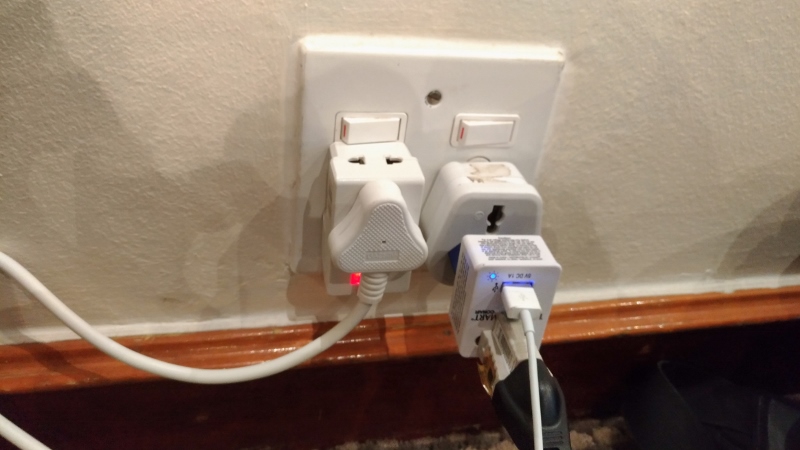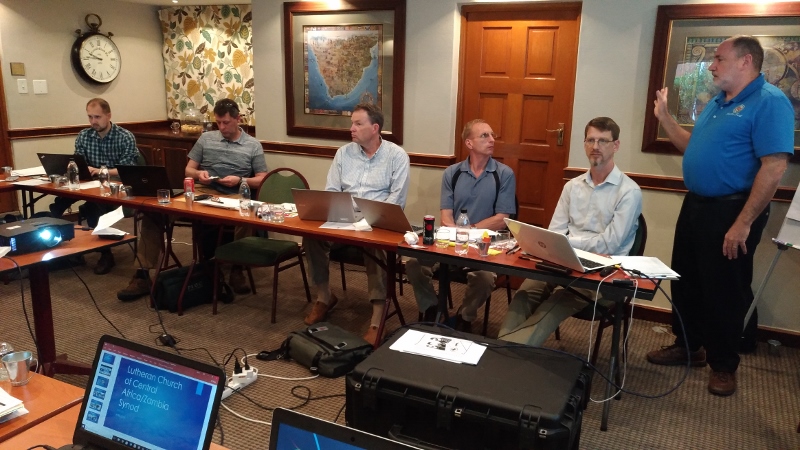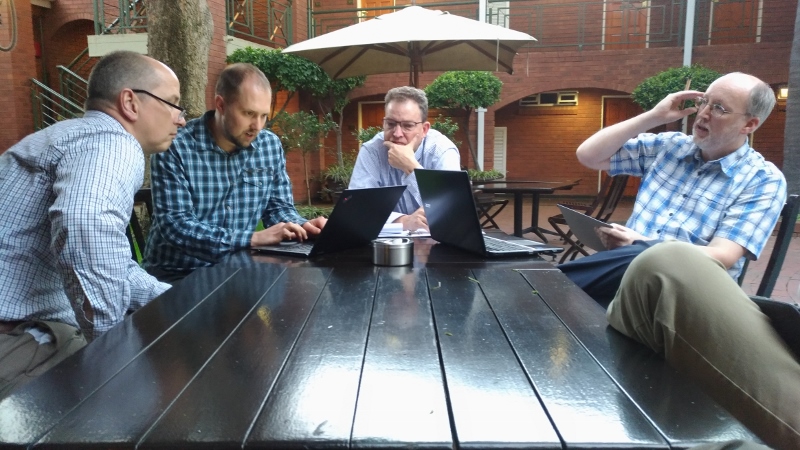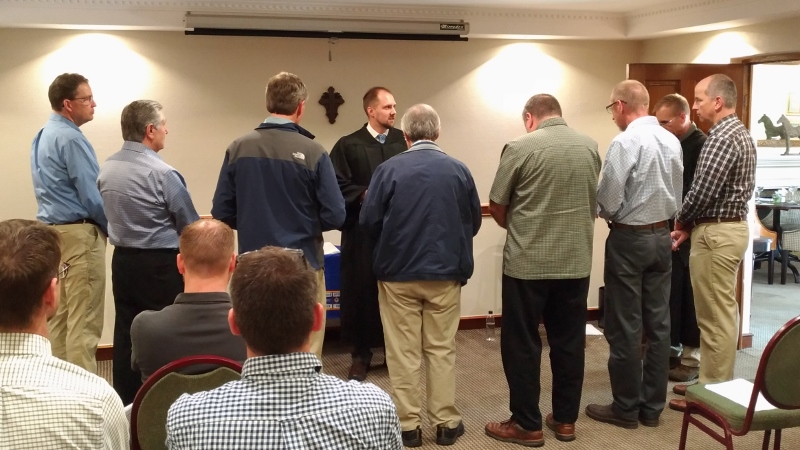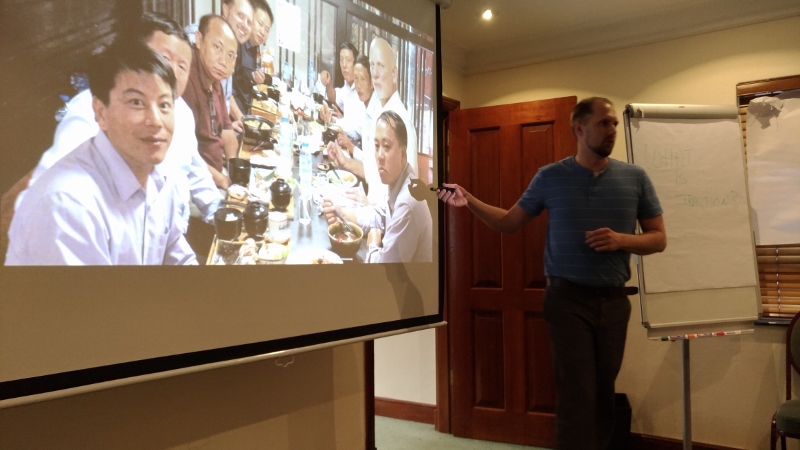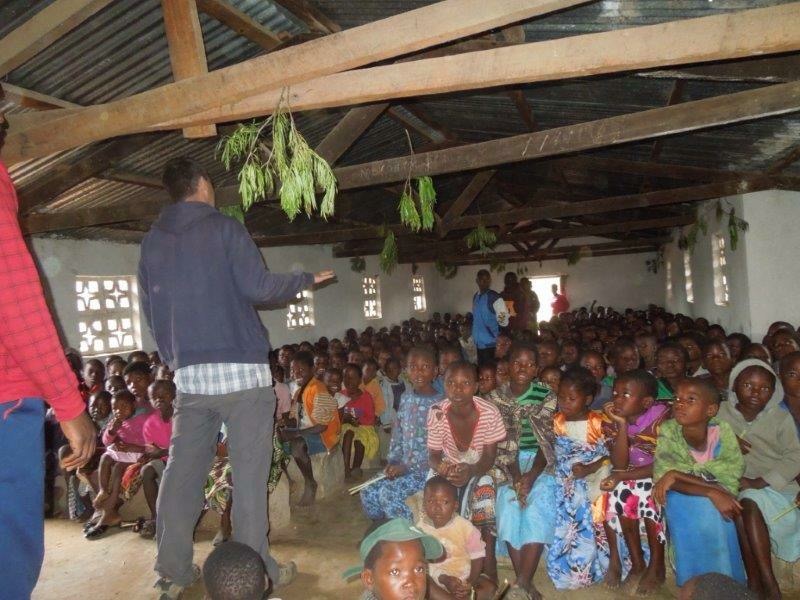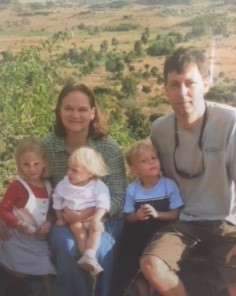Easter Reflection: “Where, Oh death, is your sting?”
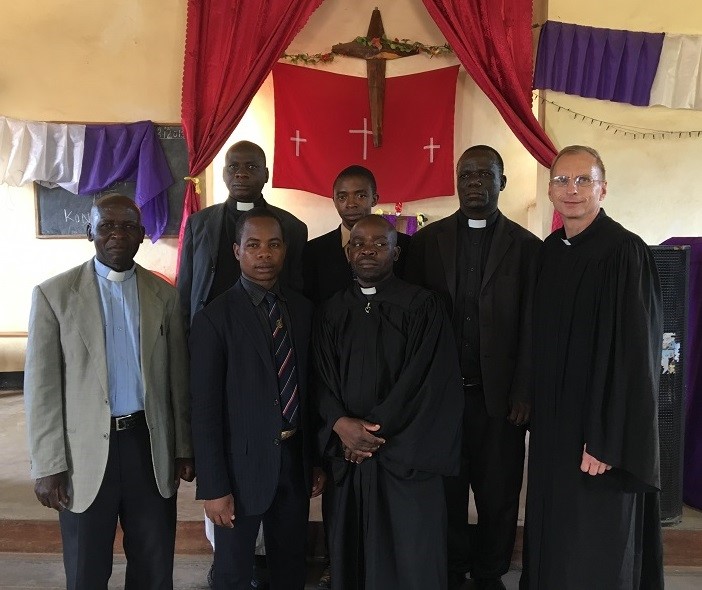
I felt it but I didn’t see it.
I was settling into my tent for the night. Fumbling around with my backpack and belongings, something poked me in the finger. But what? I didn’t know. An acacia thorn? A bare wire? A stray needle?
I was tired and ready for sleep but the thought of not knowing what had impaled my skin was bugging me. I turned on my solar light and I scoured the tent but found nothing that could have been the culprit. So I got thinking…what if it was something else? Something alive and hiding? Something like…
A scorpion?
With that pleasant thought I continued looking. Still nothing. I finally gave up the search but my mind wouldn’t give up the thought: what if it is a scorpion? Then it is still in this tent! Restless with the thought that it would get me again, I lay wide awake for hours. So I turned my attention to the events of the day. It had been a long but remarkable.
It was Easter Sunday, 1 April 2018. I was in the northern region of Malawi at St. Michael’s in Mzuzu. All the northern region congregations had gathered at that one location for a four day camp meeting, Maundy Thursday through Easter Sunday. The church building was packed, the choirs were many (20), the worship service long (4 ½ hours!).

What a day to join our Chitumbuka speaking brothers and sisters to celebrate the resurrection of Jesus Christ! He is the reason why the people gathered, the pastor preached, the choirs sang and the confirmed communed. Take away the Sunday Surprise and you may as well take away the sermons, songs and supper. In fact, you may as well stay home and stay put. If Jesus has not been raised then our faith is futile, our hope is lost and our preaching is in vain.
Somewhere in those thoughts I drifted off to sleep. But not for long. I sensed something crawling on me and I shot up to my knees. The moonlight penetrating the tent walls gave just enough light for me to see the devilish beast. It had a segmented body, loads of legs and nasty looking.
It wasn’t a scorpion. It was an African Centipede.

Deep brown with a tinge of blue. It stood in stark contrast with the white sheet I had been lying on. Writhing and squirming, it was doing everything it could to find traction and crawl away to hide once again in the dark tent.
That’s the last thing I wanted to happen. If it did manage to hide I certainly would have had to kiss a good night’s sleep goodnight and goodbye. Without taking my eyes off this creepy crawler I reached for anything I could get my hands on and gave it a whack before it slipped over the camping mattress. I stunned it, slowed it down a bit but didn’t kill it. The mattress was too soft and it cushioned the blow too much.
But I kept hammering away with my weapon: a travel size shampoo bottle! I finally managed to crush the body and sever the head. As it flailed around in the throes of death, I had this thought: You got me once, but you’re not going to get me again! It finally lay still.
Then, in a contented way, so did I. I breathed both a welcomed sigh of relief and a prayer of thankfulness! Now with that battle behind me, the thought came to me: I wonder if Jesus said something similar when he rose from the dead and stepped out of the tomb:
You got me once, but you’re not going to get me again.
Paul said it another way: “Where, oh, death, is your sting?”
The persecutor turned preacher posed that question long ago; ever since, it’s been a common question in Christian churches on Easter Sunday. Even when the Resurrection celebration falls on the first day of the fourth month, it’s definitely no April’s fools and it’s certainly no joke! Jesus truly did rise! In doing so He really did destroy that devilish beast called death!
“It has now been revealed through the appearing of our Savior Christ Jesus who has destroyed death and has brought life and immortality to light through the gospel.” (2 Timothy 1:10).
That’s good news to know, especially when the one fumbling around in the tent is you! Or, when the time comes when the tent coming down is yours.
But wait a minute, you argue, I don’t camp and I don’t spend any nights in a tent and I certainly don’t live in a tent!
Oh, but you do!
I’m not talking about your beautiful house in the burbs or your cabin in the woods; but is not your body a temporary dwelling…a tent of sorts? According to God, yes. He moved Paul to write about it in 2 Corinthians 5:1, “…the earthly tent we live in…” Peter mentions it in his second letter: “It (the tent of our body) will be destroyed and be put aside.” (2 Peter 1:13).
Not only do we live in a tent but sooner or later it is going to come down! No matter how many pushups we do, investments we make, medals we win, awards we receive or degrees we acquire, our tent is still as flimsy as it is temporary. Maybe the stakes aren’t being pulled up just yet, but is there anything bugging you in that tent of yours?
Impaled too many times with sharp comments from mean people?
A bit sore from the things life pokes at you?
Stuck with a relative or a spouse with whom you just can’t get along?
Feeling stung with unfairness?
Frustrated because you can’t seem to find the solution to the problem?
Ouch.
We all know how that feels.
Life is full of pain and sorrow. Grief and mourning. Tears. Cries. Sobs. Looking for answers? Searching for clues? It’s important to know wherein the real problem of it all lies. In the dark corners of our tent: “The sting of death is sin, and the power of sin is the law.” (1 Corinthians 15:56).
Doesn’t sound too helpful or look too hopeful helpful, does it?
Neither did Good Friday.
A dark day.
Fearful disciples.
Difficult questions.
Hard to come by answers.
But look again! That dark day was part of the answer! Three days later Jesus came out of the grave, the Easter SON did shine and death gave way to life. “Thanks be to God! He gives us the victory through our Lord Jesus Christ.” 1 Corinthians 15:57. No wonder on Easter Sunday St. Michael’s Lutheran Church was alive with song and dance, preaching and praise! And I’m sure yours was, too!
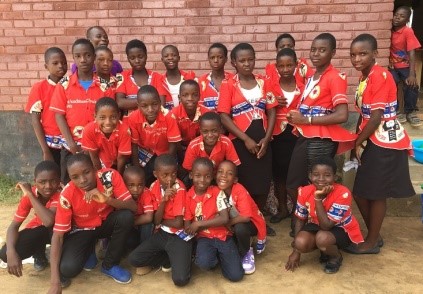
There was a wonderful message to share with the people: “He is risen! He is risen indeed!”
The devil’s head crushed.
Sin defeated.
Death destroyed.
And we are forgiven.
And as we reflect on the true meaning of Easter, knowing full well the answer, we can ask the question:
“Where, oh, death is your sting?”
In God’s grace,
Your Malawi mission partner,
Missionary John Holtz
Please pray for those working in fields that are ripe for harvest. Share their story, engage with future news and receive updates. Go to this link to learn more about our mission fields in Africa and how the Holy Spirit is working faith in people’s hearts https://wels.net/serving-others/missions/africa
